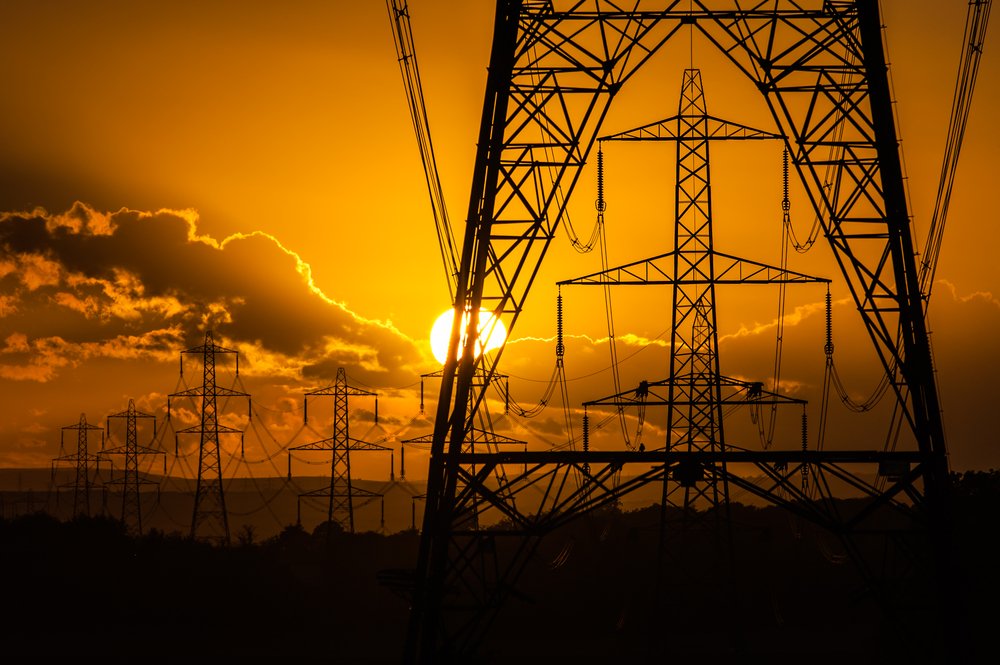
Electricity tariffs across most of Pakistan could have dropped by as much as 28% on Tuesday, but the National Electric Power Regulatory Authority decided to hold off on its decision to pass on the effects of lower global oil prices onto consumers owing to a dispute on pricing with the Central Power Purchasing Agency.
At a Nepra public hearing in Islamabad, chaired by Tariq Saddozai, the power regulator agreed to a Rs3.21 per unit average cut in the fuel cost component of electricity prices for the month of December 2014, which would be reflected in consumer bills for the month of February onwards. However, the decision was then put on hold after Saddozai was told that the CPPA – the state-owned purchaser of electricity from power generating units throughout the country – had not factored in the cost of electricity being supplied to it from power plants currently in their trial runs as well as those plants that have stay orders from courts on their pricing.
The average cost of producing and delivering electricity across nearly all of Pakistan (except Karachi) is currently Rs13.50 per kilowatt-hour (kWh), of which Rs9.53 per unit is the fuel cost. Consumers, however, are charged Rs11.50 per unit on average, with a nearly 15% subsidy on most electricity bills borne by the government. Electricity tariffs in Karachi are set separately since it is the only city to be supplied by a utility company that is not state-owned. Tariffs in Karachi are typically higher than those in the rest of the country.
CPPA had sought a Rs3.21 per unit average reduction in fuel costs for consumers, given that oil-fired power plants had been able to get fuel at lower costs in December. That would translate to an average of a 28% reduction in prices, assuming the government decided to keep its subsidies constant, or a collective Rs21 billion reduction in electricity bills nationwide.
However, Nepra decided to hold off on that reduction because CPPA had not factored in the cost of electricity tariffs being paid to state-owned plants in Nandipur and Guddu, which are currently in the trial phase. In addition, some power companies had sued the government over disputes about the tariffs set by Nepra, and hence CPPA had decided not to bill consumers for that electricity until the matter was resolved in the courts.
Nepra asked CPPA to include the costs of these power plants in its final request for tariff reductions before making the case to the power regulator, adding that the tariffs from the power plants currently under litigation could be added on a provisional basis until the court decision, so as to avoid a sharp jump in tariffs when the decision is eventually announced.
This error by CPPA means that Nepra is unlikely to be able to announce the tariff reduction in its announcement on Thursday. Tariffs are set on a rolling basis, with the fuel costs for the month of December 2014 affecting bills in February 2015 onwards.
Of the Rs21 billion in lower power generation cost, Rs16 billion came from lower oil prices. The remainder came from the government being able to turn on its massive hydroelectric power plants, which have the lowest cost of electricity production. Hydroelectric power accounted for 28% of electricity generation in December, with oil-fired thermal accounting for 39% and diesel-fired thermal another 0.78%.
Published in The Express Tribune, February 18th, 2015.















1714029027-0/Tribune-Collage-Feature-Images-(11)1714029027-0-270x192.webp)
1714027629-0/Ranbirtransformation-(1)1714027629-0-270x192.webp)
























COMMENTS (7)
Comments are moderated and generally will be posted if they are on-topic and not abusive.
For more information, please see our Comments FAQ